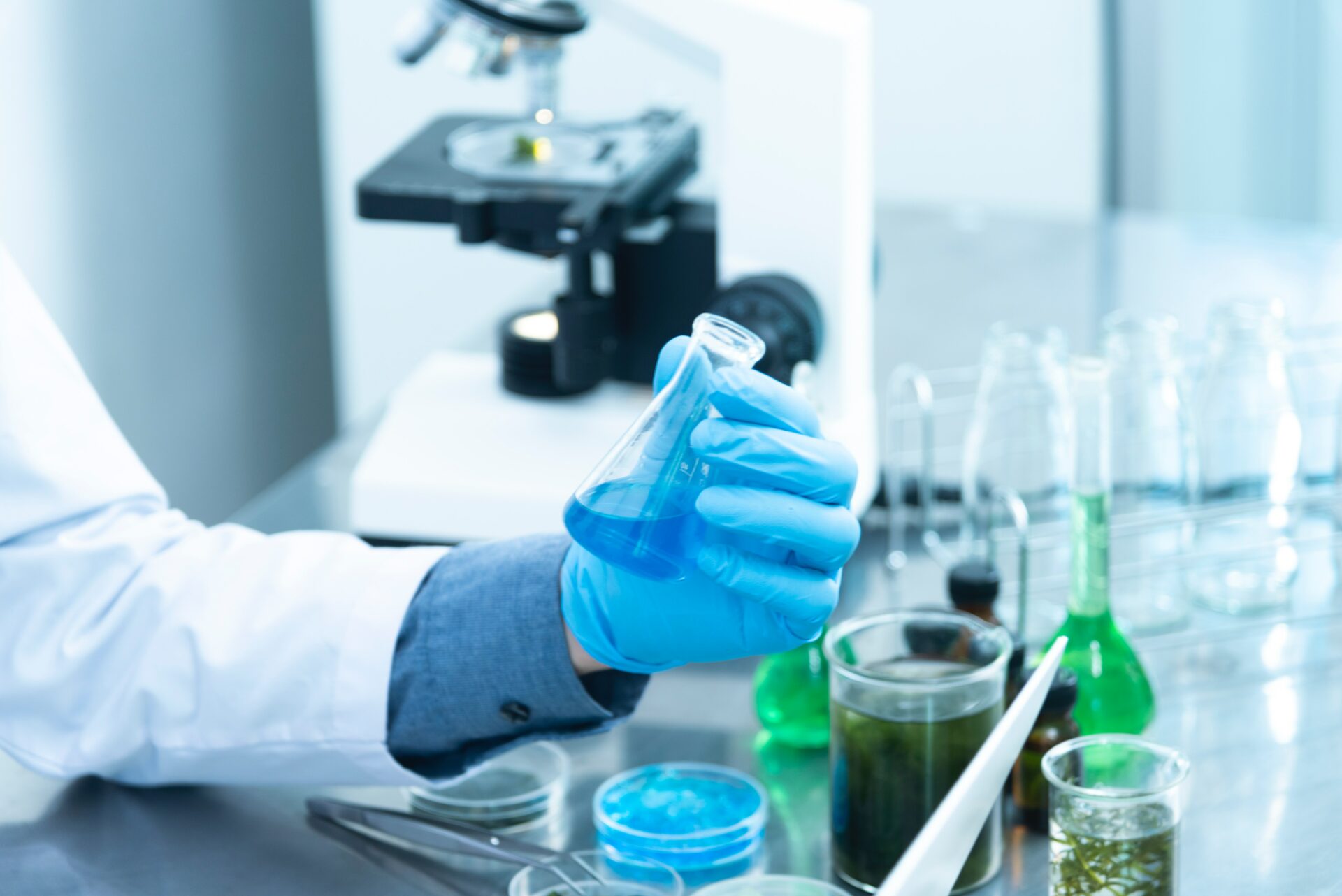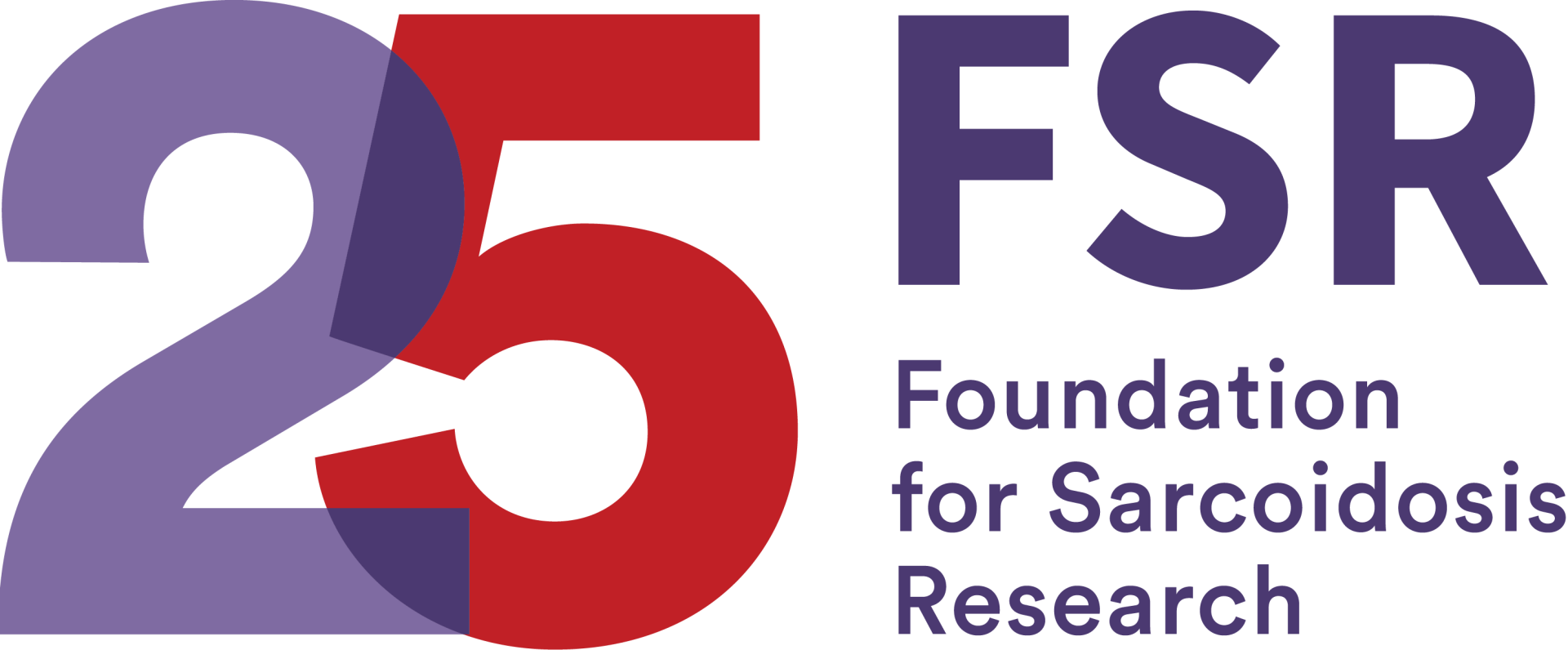Patients are often looking for ways they can contribute to the advancement of research for their disease. Luckily, clinical trials are a great way for patients to get involved in the research process. As of now, clinical trials are the most effective way to obtain new research about disease treatment and progression. However, they often have strict inclusion criteria, so not everyone can find a clinical trial that works for them. Also, while trials have proven to be very useful in advancing research, there is only so much data we can collect from them. They are limited by nature, for there can only be so many participants. In order to collect as much authentic data as possible, scientists believe that introducing real-world data and evidence into medical research is a pivotal next step for disease research.

What are Real-World Data and Real-World Evidence?
Real-world data are “the data relating to patient health status and/or the delivery of health care routinely collected from a variety of sources,” as defined by the FDA. Real-world evidence comes from patients living with a certain disease, and it can be collected from a variety of sources. Some sources include:
- Electronic health records (EHRs)
- Claims and billing activities
- Product and disease registries
- Patient-generated data including in home-use settings
- Data gathered from other sources that can inform on health status, such as mobile devices
Real-world evidence is the clinical evidence about the efficacy of a drug or treatment, which is derived from the analysis of real-world data. Real-world evidence can be obtained through randomized trials, observational studies, and other methods of data collection (FDA).

What is the Benefit of Using Real-World Data and Evidence?
The benefit of using real-world data for scientific research is that it opens the door to so much more data for researchers to use. The advancement of medical research could be accelerated greatly if the use of real-world data comes into play. Certain policy change would need to take effect for this possibility to become a reality – at the moment, real-world data and evidence cannot be used for regulatory and value-based payment decision-making for drugs and biologics. However, with the advancement of medical technology at an all-time high, the argument for implementing policies in which real-world data and evidence can be used in drug and therapy development is quite compelling (BPO).
What Does this Mean for the Sarcoidosis Community?
Since sarcoidosis is a rare disease, scientists are limited in the amount of research they can do. There is a lack of funding for clinical trials related to sarcoidosis treatments, and since there are fewer people with sarcoidosis than other chronic illnesses, participation in clinical trials is comparatively low as well. Introducing a way to collect data and evidence outside of clinical trials would be a turning point for the sarcoidosis community. Scientists could use data from patients’ everyday lives and exams to advance knowledge about relative drugs and therapies. Conducting more research in the sarcoidosis space drastically increases the likelihood of better treatments and a cure for sarcoidosis.

Sources:
https://bipartisanpolicy.org/report/expanding-the-use-of-realworld-evidence-in-regulatory-and-value-based-payment-decision-making-for-drugs-and-biologics/
https://www.fda.gov/science-research/science-and-research-special-topics/real-world-evidence
